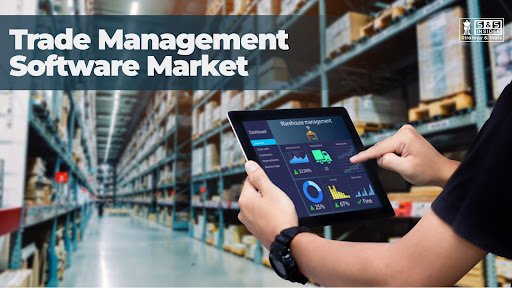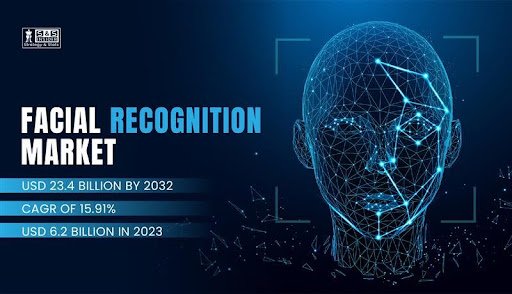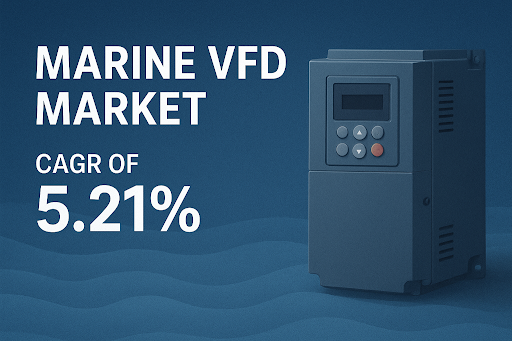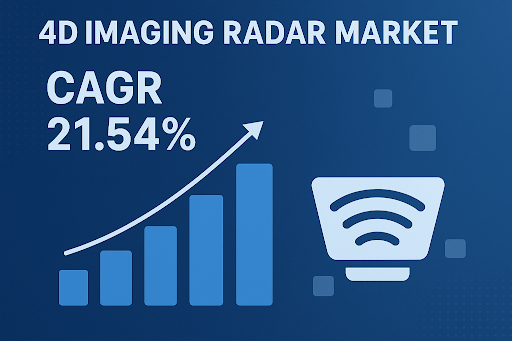In the high-stakes race to develop new life-saving therapies, a quiet revolution is underway. The focus is shifting from the wet lab to the server room, where bytes and algorithms are becoming as crucial as beakers and biopsies. The field of life science analytics, once a back-office support function, has emerged as the central nervous system of modern pharmaceutical R&D, driving unprecedented efficiencies and accelerating the journey of drugs from concept to clinic.
The transformation is being fueled by an explosion of data. The advent of genomics, proteomics, and high-throughput screening generates terabytes of information for a single drug program. Coupled with real-world data from electronic health records, wearables, and patient registries, the volume, velocity, and variety of this data have overwhelmed traditional analysis methods. This deluge, however, is now being harnessed as a strategic asset.
“The industry has moved from a state of data scarcity to data abundance, but the challenge has been extracting meaningful insights,” explains Dr. Anya Sharma, Chief Data Officer at a leading global pharmaceutical company. “Advanced analytics, particularly artificial intelligence and machine learning, are the keys that unlock this potential. We are no longer just looking for statistical significance; we are building predictive models that can de-risk the entire R&D pipeline.”
From Serendipity to Prediction: Shortening the 10-Year Timeline
The traditional drug development process is notoriously long, expensive, and fraught with failure, often taking over a decade and costing more than $2 billion per approved drug. The overwhelming majority of candidates fail in clinical trials, with a significant portion due to a lack of efficacy or unforeseen safety issues. This is where analytics is making its most profound impact.
AI-powered platforms are now used to sift through vast libraries of chemical compounds, predicting which are most likely to bind to a specific disease target. This in-silico screening slashes months off the early discovery phase. Furthermore, machine learning models are being trained on historical clinical trial data to identify subtle patterns that predict a patient’s response to a therapy.
A recent success story is the development of a novel oncology drug by a mid-sized biotech, which used predictive analytics to identify a biomarker for a specific genetic subtype of lung cancer. By precisely defining the patient population most likely to respond, the company was able to design a more efficient Phase 3 trial, leading to a faster regulatory approval and a more targeted launch strategy.
“Analytics allows us to move from a ‘one-size-fits-all’ approach to a precision medicine paradigm,” says Dr. Sharma. “We can design smarter trials with smaller, more defined patient groups, which not only increases the chance of success but also gets these transformative medicines to the patients who need them, faster.”
Market Boom Reflects Strategic Imperative
The critical importance of this capability is reflected in the massive financial investment flowing into the life science analytics sector. According to SNS Insider, The Life Science Analytics Market is projected to reach USD 20.0 billion by 2032, growing at a CAGR of 7.61% over the forecast period from 2024 to 2032. This growth is a direct response to the pharmaceutical industry’s urgent need to improve R&D productivity and navigate increasing regulatory and pricing pressures.
This burgeoning market is segmented by application, with areas like research and development, clinical trials, and sales and marketing support seeing the most significant uptake. In terms of analytics type, descriptive analytics still holds a large share for operational reporting, but the fastest growth is in predictive and prescriptive analytics, which forecast outcomes and recommend actions, respectively.
The cloud deployment model is also dominating, as it offers the scalability and computational power required to run complex AI models without massive upfront capital investment in IT infrastructure.
The Top Players and the Competitive Landscape
The competitive landscape is a dynamic mix of established technology giants, specialized analytics firms, and the internal capabilities of large pharma companies.
Top players in the life science analytics space include:
- IQVIA: A dominant force, leveraging its massive repository of clinical and commercial data to offer end-to-end analytical solutions.
- SAS Institute: A long-standing leader in advanced analytics software, with deep roots in the life sciences for statistical analysis and data mining.
- IBM Watson Health: While facing recent restructuring, its AI and cognitive computing platforms made significant early inroads in areas like oncology and clinical trial matching.
- Oracle: Its Health Sciences platform provides integrated applications for clinical trials, safety, and healthcare data management.
- Accenture: Offers robust consulting and analytics services, helping clients transform their R&D and commercial operations.
Alongside these behemoths, a vibrant ecosystem of niche AI-first startups, such as Atomwise (using AI for atom-level drug discovery) and Tempus (building a library of clinical and molecular data for precision medicine), are pushing the boundaries of what’s possible, often through partnerships with larger players.
Navigating the Hurdles: Data Quality, Talent, and Regulation
Despite the promise, the path forward is not without obstacles. The foundational principle of “garbage in, garbage out” is acutely relevant. Inconsistent data formats, siloed information systems, and concerns over data quality remain significant barriers to generating reliable insights.
Furthermore, a severe talent war is underway. The demand for data scientists, bioinformaticians, and computational biologists who also understand the nuances of biology and drug development far outstrips the supply.
Regulatory bodies like the U.S. Food and Drug Administration (FDA) are also adapting. While encouraging the use of innovative tools and real-world evidence, they are simultaneously developing new frameworks for evaluating and validating AI/ML-based algorithms used in the drug development process, ensuring that safety and efficacy remain paramount.
The Future is Data-Driven
As the industry looks to the future, the integration of analytics will only deepen. The next frontier includes the use of AI for generating novel drug candidates from scratch, simulating “digital twins” of patients for virtual trials, and using natural language processing to mine scientific literature for undiscovered connections between diseases and pathways.
The message is clear: in the 21st century, pharmaceutical innovation will be inextricably linked to analytical prowess. The companies that invest strategically in building and leveraging their data capabilities will be the ones leading the charge against the world’s most complex diseases, turning the once-unimaginable flood of data into a lifeline for patients waiting for the next medical breakthrough. The engine of drug discovery has been rewired, and it is running on data.











